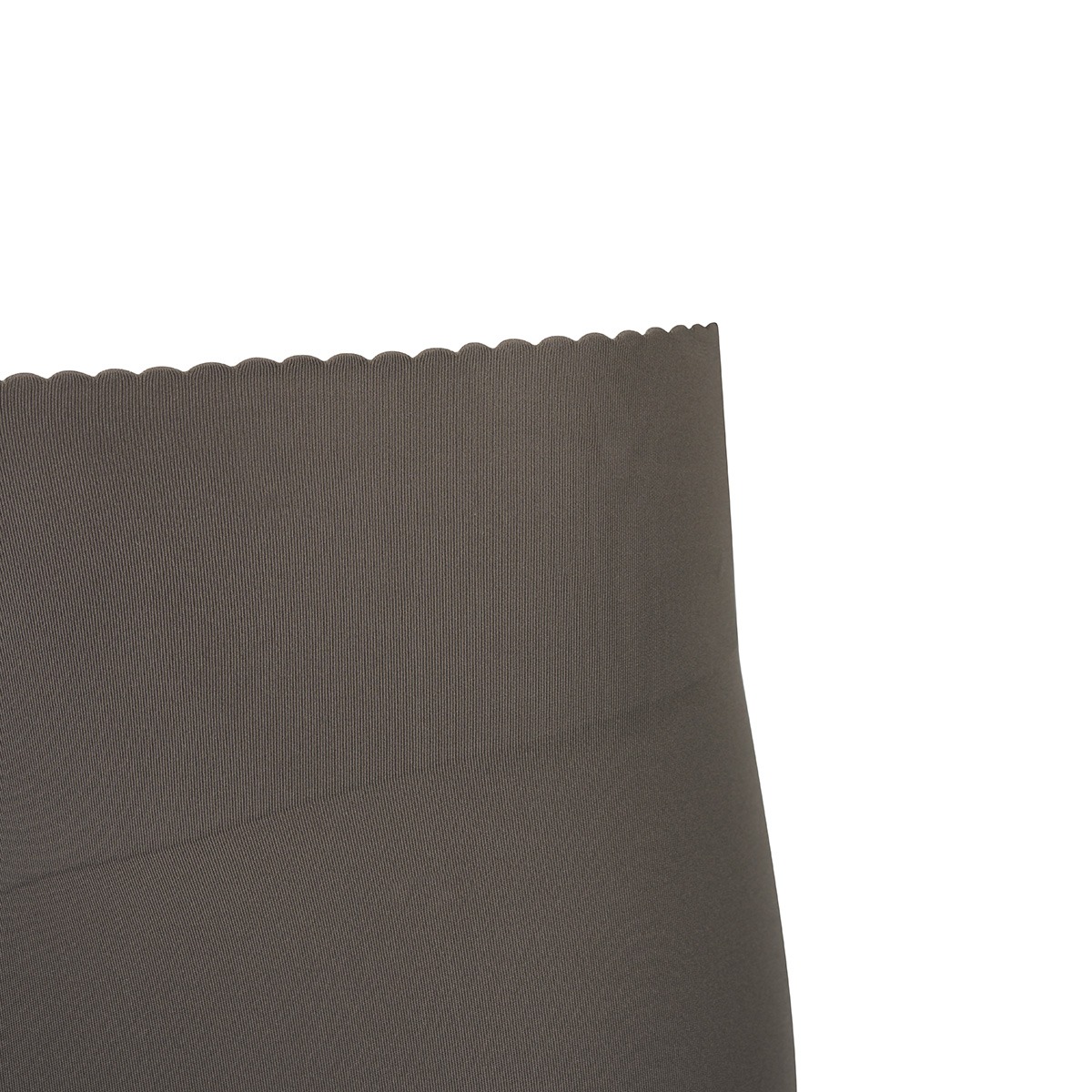
N6 vs. N66: Distinction in Nylon Fibers
Understanding Nylon fibres
When it comes to synthetic fibers, nylon stands as one of the most versatile and widely used materials in various industries. Within the nylon family, two significant types are N6 and N66, each with its unique characteristics and applications. In this blog post, we will explore the difference between the two nylon fibers, shedding light on their properties and uses.
1. Composition and Structure:
N6, also known as nylon 6 or polyamide 6, is made from a single monomer called caprolactam. The molecular structure of N6 comprises six carbon atoms, giving it the numerical designation. On the other hand, N66, or nylon 66, is a copolymer nylon made from two different monomers: hexamethylenediamine and adipic acid. This combination results in a polymer with 12 carbon atoms, leading to its numerical name.
2. Strength and Durability:
Both are known for their excellent strength and durability, making them ideal choices for various applications. However, N66 nylon fibers generally exhibit higher strength and heat resistance than N6 nylon. The presence of 12 carbon atoms in N66’s molecular structure contributes to its enhanced performance in demanding environments.
3. Moisture Absorption:
Nylon fibers are hygroscopic, meaning they have the ability to absorb moisture from the atmosphere. In this aspect, N6 has a slight advantage over N66. N6 nylon fibers tend to absorb slightly more moisture, which can influence certain applications. In women’s leggings, this means that N6-based leggings may feel slightly more breathable and comfortable in humid conditions, as they can wick away moisture more effectively.
4. Melting Point:
The melting point of a fiber is a crucial factor, particularly in applications that involve high temperatures. In this regard, N66 nylon has a higher melting point compared to N6 nylon. The higher heat resistance of N66 makes it suitable for use in more extreme conditions.
5. Color Fastness and Dyeing:
Both nylon fibers can be effectively dyed, but N6 nylon may have a slight advantage in terms of color fastness. Leggings made with N6 fibers may retain their vibrant colors better after repeated washings.
6. Cost:
The cost of materials can be a consideration in manufacturing women’s leggings. N6 nylon fibers are generally more cost-effective compared to N66 fibers, which may impact the final price of the leggings.
7. Applications:
The unique properties of these nylon fibers make them suitable for different applications. When used in women’s yoga pants, the difference in performance between N6 and N66 nylon fibers can be subtle but significant, depending on the specific characteristics and requirements of the yoga pants. N66 nylon fibers generally have higher strength and durability compared to N6 nylon. This means that fitness clothing made with N66 fibers is more likely to withstand frequent wear and washing, maintaining their shape and appearance over time.
Conclusion:
The choice between N6 and N66 nylon fibers for women’s leggings will depend on the specific performance characteristics desired. N66-based leggings may excel in durability, heat resistance, and overall longevity, making them ideal for high-performance or intense workout activities. On the other hand, N6-based leggings may offer a softer feel, better moisture absorption, and potentially more cost-effective options without compromising overall quality. Fitness clothing manufacturers and consumers can consider these performance differences to select leggings that best suit their needs and preferences
About us:
We are professional active wear manufacturers located in Fujian, China. We are athletes ourselves and wear test our own products for comfort and performance. If you have a product you would like to work on you can reach out to us here so we can talk more!


